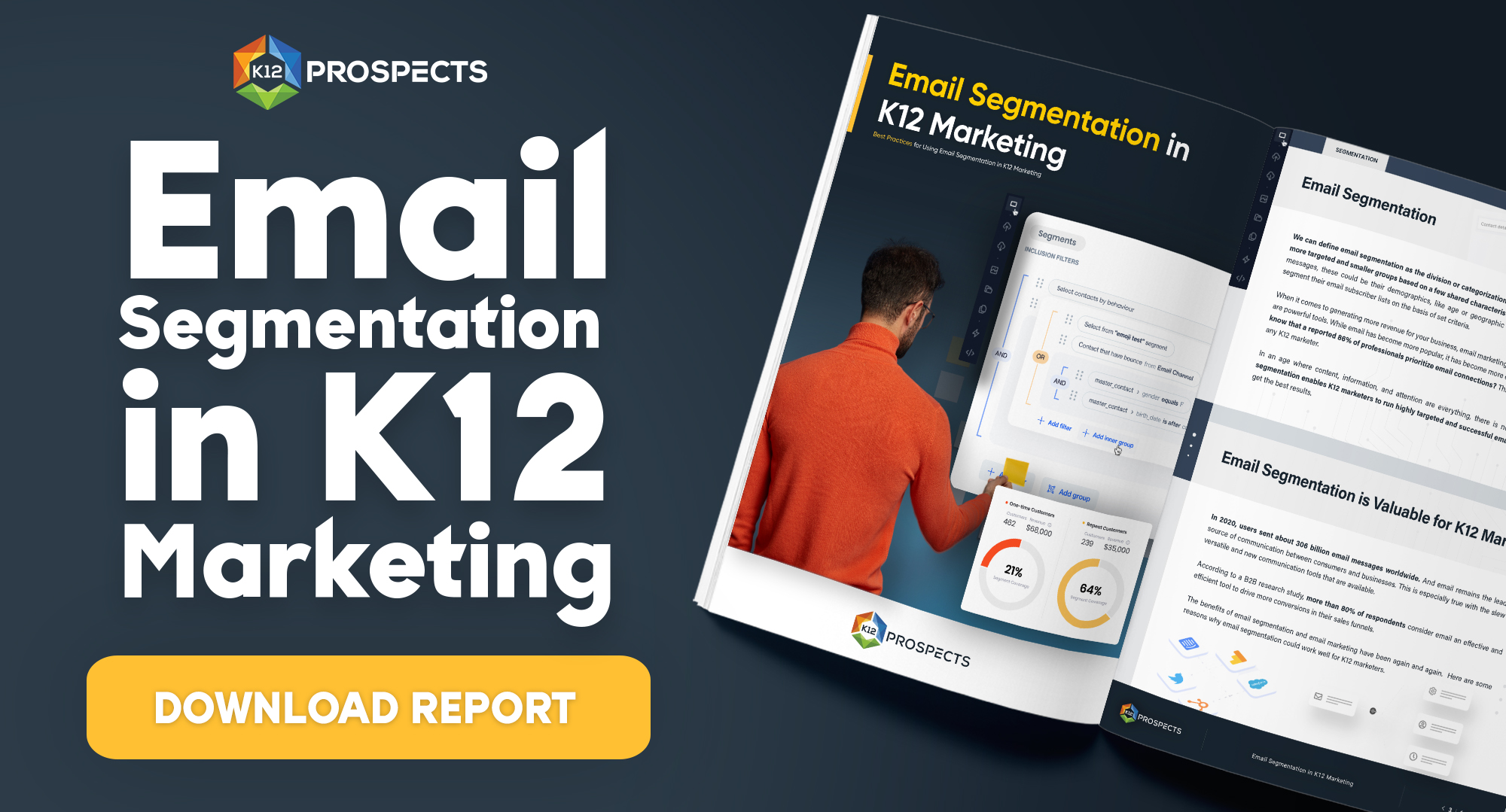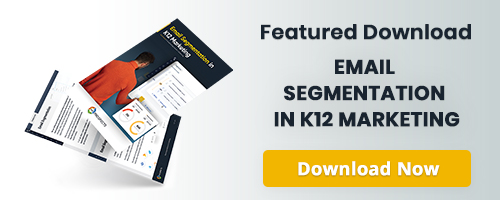Decisions in Educational Marketing: A Comprehensive Guide

In a vast ocean of choices, one must master the art of making the right ones, especially when it comes to marketing in the educational sector.
1. Pinpointing Your Audience:
The art of marketing begins with identifying the right crowd. Factors to consider include:
- The essence and features of your product or service.
- The educational level or age bracket it caters to.
- Determining if it’s aimed at an entire school or a specific department.
- Your geographical presence and that of your prospective clients.
With a staggering K-12 database comprising details of approximately 4 million educators spanning 130,000 schools, one is spoilt for choices. Harnessing this resource allows marketers to tailor-make their K-12 email lists, ensuring school email campaigns reach the most receptive audiences.
2. Crafting a Stellar Marketing Campaign:
Whichever method you prefer, be it email, postal, or telemarketing, the content remains king.
A well-executed campaign is akin to a masterpiece painting. Start with these basic strokes:
- Begin by clarifying your campaign’s primary goal. This shapes your content.
- Highlight the perks you bring to the table.
- Consider offering added value, like a free lesson or resource. In return, collect their details for future engagements.
Among the many tools, email marketing stands out for its efficiency and cost-effectiveness in reaching educational institutions. But, bear in mind the rapid pace. With just about eight seconds to captivate your audience, every word counts.
For those seeking guidance, a plethora of resources exist to help craft outstanding email campaigns, from catchy subject lines to effective calls to action.
3. The Power of Iterative Testing:
Drawing from years of expertise, certain best practices, like optimal times for email dispatch, have emerged. However, the dynamic nature of campaigns means no one-size-fits-all approach exists.
This is where the magic of A/B testing comes into play. Contrary to its intimidating image, this iterative process becomes an invaluable ally. Whether you’re examining the efficacy of subject lines or tweaking the visual appeal of your call-to-action buttons, these tests determine the best strategies for your venture.
4. Visioning Ahead:
It’s tempting to rest on your laurels after designing a stellar campaign. However, true success lies in thinking several steps ahead.
Before your campaign even takes off, map out the subsequent journey. A rudimentary communication strategy, even if it’s a few scribbled pointers, can prove invaluable. Key considerations include:
- Personalized follow-ups for leads or inquiries.
- Charting out the evolution of content or data beneficial for your audience.
- Strategizing for various pathways a lead could traverse in your sales cycle.
- Reactivating leads who’ve gone dormant.
- Such meticulous planning nurtures relationships with decision-makers, ensuring you’re their first thought during purchasing decisions.
Lastly, revisit and evaluate your campaign’s performance. Harness analytics, from email open rates to conversion metrics, to glean insights. These findings become the cornerstone for planning successive campaigns.
In essence, while the world of educational marketing might seem like a labyrinth of choices, a strategic approach ensures you’re always on the right path. Embrace the journey, learn from every twist and turn, and watch your campaign evolve into a masterpiece.
K12 Prospects stands out as an invaluable resource for companies aiming to connect with schools and districts. With its extensive K-12 Data, the platform offers unparalleled access to a comprehensive database, including contact information of thousands of schools and districts. This ease of access to high-quality K-12 Data not only simplifies the marketing process but also significantly enhances the efficiency and effectiveness of sales strategies targeted at educational institutions.



